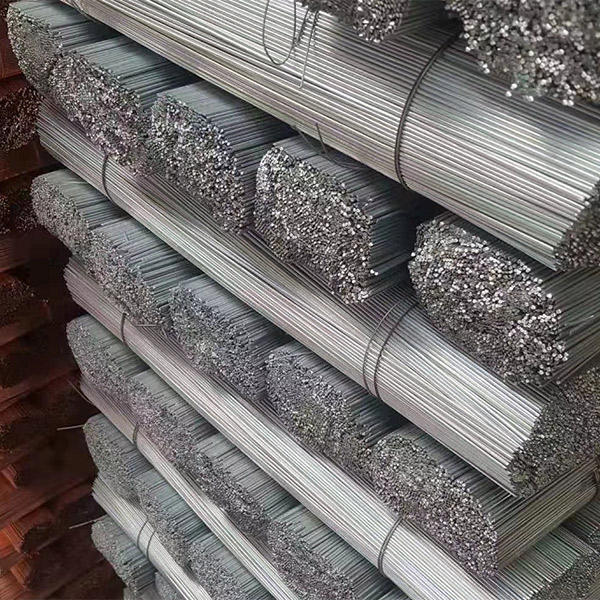ኅዳር . 23, 2024 20:18 Back to list
OEM Standard Welded Wire Mesh Specifications and Size Guide for Various Applications
Understanding OEM Standard Welded Wire Mesh Sizes
Welded wire mesh is an incredibly versatile product used across various industries, offering both strength and flexibility for different applications. When we discuss OEM (Original Equipment Manufacturer) standard welded wire mesh sizes, we reflect on the essential criteria influencing the design, installation, and functionality of this mesh type. The OEM standard helps ensure consistency and quality in manufacturing processes, allowing customers to receive reliable products tailored to their specific requirements.
What is OEM Standard Welded Wire Mesh?
OEM standard welded wire mesh refers to wire mesh manufactured according to specific standards and specifications set by original equipment manufacturers. This mesh is created using high-quality steel wires that are electrically welded at their intersections, resulting in a robust and durable grid suitable for a plethora of uses. The mesh sizes defined under OEM standards encompass various dimensions, including wire diameter, mesh opening size, and panel size, ensuring that products meet precise industry needs.
Key Features of OEM Standard Welded Wire Mesh
1. Material Quality OEM welded wire mesh is often produced using galvanized steel or stainless steel, enhancing its resistance to corrosion and rust. The quality of the material guarantees that the mesh can withstand harsh environmental conditions, making it suitable for both indoor and outdoor applications.
2. Uniformity in Size One of the principal advantages of adhering to OEM standards is the uniformity in size that manufacturers achieve. Common sizes may include 1 x 1, 2 x 2 and smaller depending on the application, ensuring that customers can find exactly what they need without variations that might compromise performance.
3. Versatile Applications OEM standard welded wire mesh is used in a wide array of applications, including industrial settings, construction sites, agricultural fences, and even as reinforcement in various construction materials like concrete. Its versatility makes it an essential component in sectors ranging from agriculture to engineering.
4. Ease of Installation Given its standardized dimensions, OEM welded wire mesh can be cut, bent, and shaped easily, thus facilitating a quick installation process. Contractors and workers appreciate the convenience of a product that fits seamlessly into their building or project designs.
oem standard welded wire mesh size

Choosing the Right Size
Selecting the appropriate size of welded wire mesh is crucial. The size requirements depend largely on the end use. For instance, a larger mesh opening might be suitable for applications where strength is needed without material retention, such as fences or cages. In contrast, smaller mesh sizes are often employed where containment of smaller materials or animals is required.
When working with OEM standard sizes, it is essential to consider factors such as load requirements, environmental exposures, and local building codes. Consulting with manufacturers or suppliers who understand the specific standards in place can provide guidance on the best size options for your project.
The Future of OEM Standard Welded Wire Mesh
As industries continue to evolve, the demand for high-quality welded wire mesh will undoubtedly grow. Innovations in manufacturing processes, such as automated welding technology and improved materials, will enhance the performance that OEM standard welded wire mesh can offer. Manufacturers are expected to keep updating their specifications and sizes to reflect new industry standards and customer needs.
Moreover, with a heightened focus on sustainability, the future may also see an increase in the use of recycled materials in the production of welded wire mesh, aligning with global trends towards reducing waste and conserving resources.
Conclusion
OEM standard welded wire mesh offers a solution that combines durability, versatility, and uniformity in sizes. By adhering to established standards, manufacturers can ensure that their products meet the diverse needs of industries while contributing to cost-effective and efficient solutions. Whether for construction, agriculture, or other applications, understanding the intricacies of OEM standards will empower users to make informed decisions, enhancing safety and performance in their projects.
-
Concrete Reinforcing Roll Welded Wire Mesh – Durable & High Strength Reinforcement Mesh from Leading Factories
NewsJul.05,2025
-
High Quality PVC Coated 2x1x1 Gabion Boxes - Durable, Corrosion Resistant, Direct from Manufacturer
NewsJul.05,2025
-
High Quality Roll Welded Wire Mesh for Concrete Reinforcing BWG22 Galvanized Mesh Rolls Factory Direct
NewsJul.04,2025
-
High Quality Deformed Steel Bars China - Leading Manufacturers & Suppliers
NewsJul.04,2025
-
12mm Stainless Steel Wire Mesh for Industrial & Commercial Use Top Quality Factories & Manufacturers
NewsJun.24,2025
-
Black Annealed Wire Specification - High Quality & Custom Options from Leading Factories, Suppliers, Manufacturers
NewsJun.10,2025

